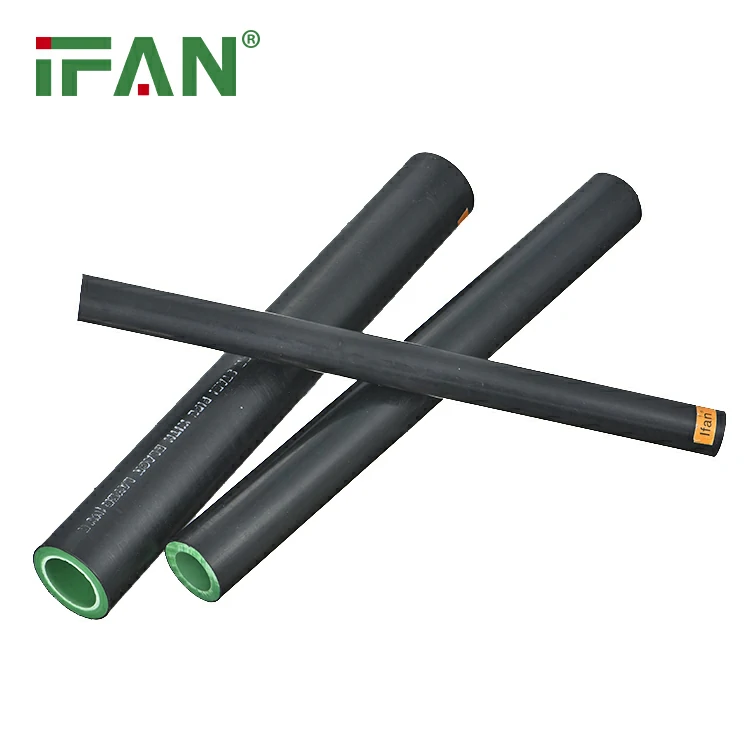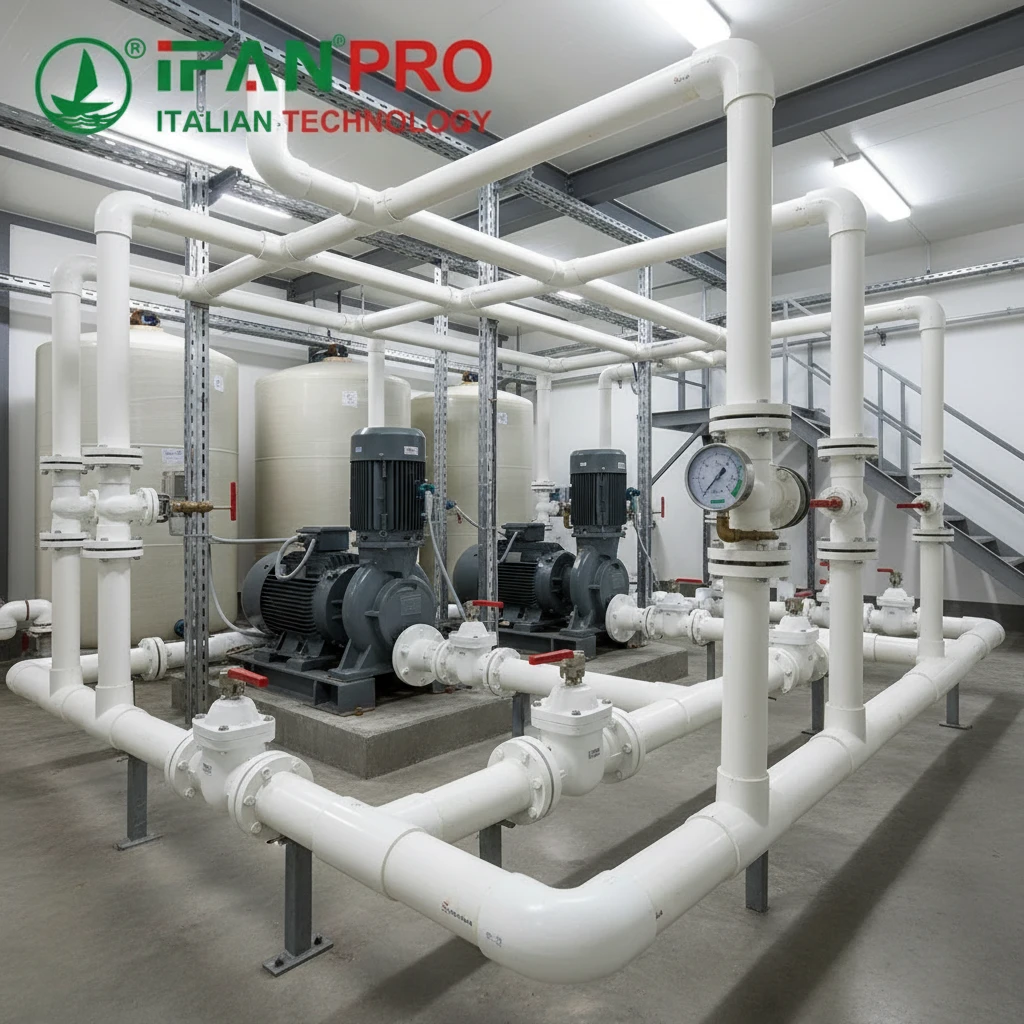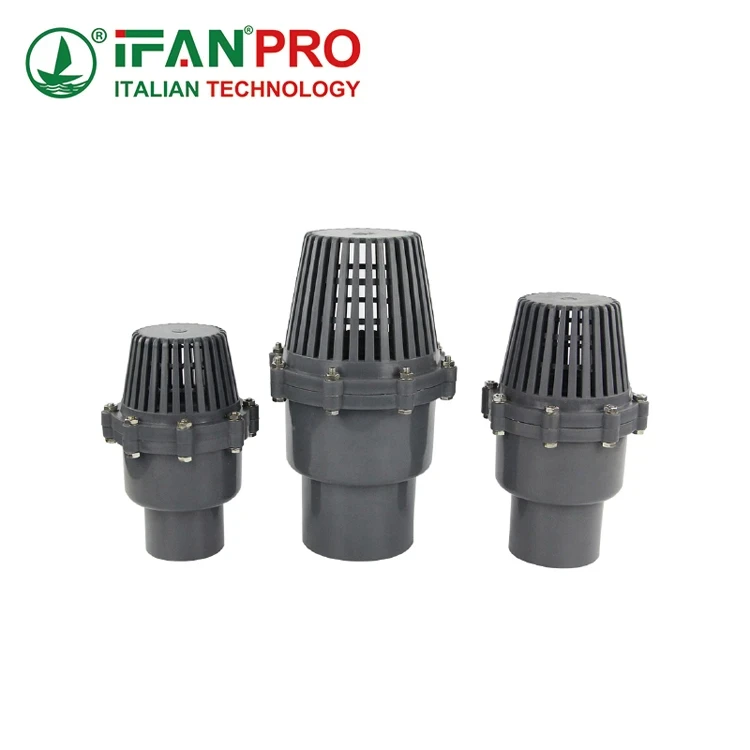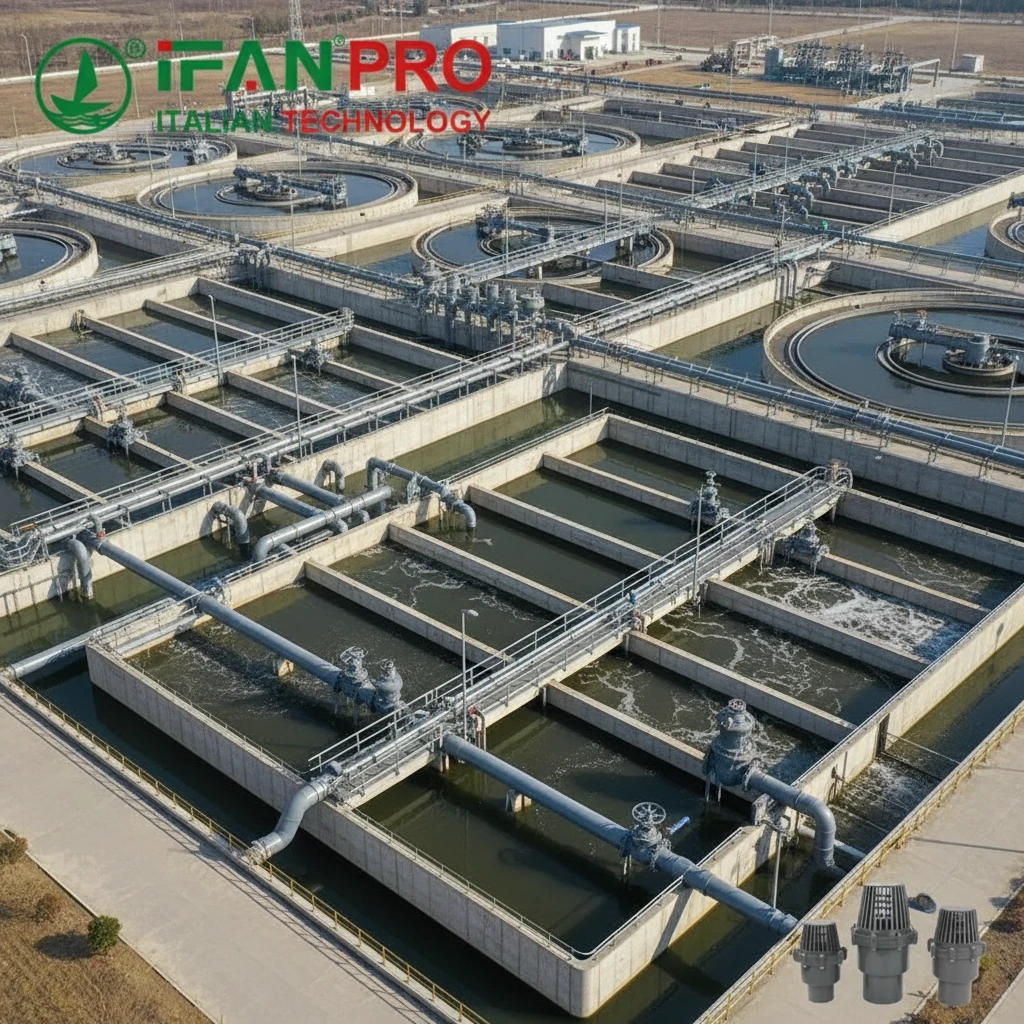1. Introduction to PPR Pipe Fittings
- Core components for connecting PPR (Polypropylene Random Copolymer) pipe systems, enabling connections, redirections, control, and protection
- Material Advantages: High temperature resistance (≤95℃), corrosion resistance, non-toxic, compliant with standards like GB/T 18742 and ISO
- Key Role: Ensure leak-proof sealing, pressure capacity, and long-term system reliability
2. Major Fitting Categories and Functions
2.1 Connection & Redirection Fittings
- Couplings
- Function: Straight connection for two same-diameter PPR pipes
- Types: Equal couplings, reducing couplings (for diameter transitions)
- Materials: Pure PPR or insert-style (brass/stainless steel threaded inserts)
- Elbows
- Function: Change pipe direction, common angles 90°/45°, customizable for special angles (30°/60°)
- Design: Large-radius elbows minimize flow resistance; insert elbows for metal pipe compatibility
- Tees & Crosses
- Function: Branch or merge pipe flows
- Types: Equal tees, reducing tees (different main/branch diameters), 顺水 tees (low-flow 冲击 design)
2.2 Control & Regulation Fittings
- Valves
- Ball Valves: Quick on/off with 90° handle rotation, ideal for frequent operations
- Globe Valves: Flow regulation via disc adjustment, superior sealing performance
- Check Valves: Prevent backflow with spring-loaded discs (e.g., water heater systems)
- Union Fittings
- Function: Removable connections for easy maintenance and repairs
- Structure: Composed of nuts, gaskets, and bodies, compatible with PPR and metal pipes
2.3 Transition & Adaptation Fittings
- Material Adapters
- PPR to Metal (Copper/Steel): Threaded inserts (male/female) for plastic-metal connections
- PPR to PEX/PB: Special hot-melt adapters ensuring chemical compatibility between plastic pipes
- Size/Shape Converters
- Reducers: Diameter transitions (e.g., De25 to De20)
- End Caps: Seal pipe ends temporarily or permanently

2.4 Protection & Installation Fittings
- Pipe Clamps & Supports
- Function: Secure pipes, reduce vibration and displacement; recommended spacing: 0.8-1m for horizontal pipes, 1-1.5m for vertical
- Materials: Plastic clamps (lightweight), metal brackets (heavy-duty)
- Insulation & UV Protection
- Thermal Insulation: Reduce heat loss in hot water systems, using PE/EVA materials
- Sun Protection Sleeves: Prevent PPR aging in outdoor installations, extend service life
3. How to Choose the Right PPR Fittings?
- Match Pipe Specifications
- Nominal diameter (De16-De110) and pressure rating (PN1.0-PN2.5MPa) must align with pipes
- Example: PN2.5MPa high-pressure systems require same-rated insert elbows
- Consider Application Scenarios
- Hot Water Systems: Prioritize ≥95℃耐温配件,brass inserts for corrosion resistance
- Industrial Use: Pair with metal flanges or stainless steel inserts for mechanical strength
- Certifications & Quality Standards
- Check for ISO 9001, CE, WRAS, or NSF certifications
- High-quality fittings feature smooth inner walls (scale resistance) and uniform wall thickness (stable pressure)
4. Typical Applications & Fitting Combinations
- Residential Water Supply
- Combo: Equal couplings + 90° elbows + ball valves + unions for kitchen/bathroom layouts
- Commercial Hot Water Projects
- Key Fittings: Reducing tees + check valves + insulated clamps for efficient circulation systems
- Old Building Renovation
- Transition Solution: PPR-to-copper threaded adapters + unions for retrofitting galvanized steel pipes
5. ifan Pipeline’s One-Stop Fitting Solutions
- Full Product Range
- Over 200 standard fittings (couplings/elbows/tees/valves) and custom options (special angles, insert materials)
- Technical Excellence
- Inserts made of H59 brass (≥59% copper), passed 200,000-cycle pulse testing (远超国家标准)
- Nickel-plated surface: Resist electrochemical corrosion for complex water quality
- Value-Added Services
- Free system design drawings, custom fittings for DN15-DN1000 industrial projects
- Ready stock, global delivery within 72 hours (via DHL/UPS)
Conclusion
Selecting the right PPR fittings is crucial for system safety and longevity. From basic connections to complex applications, consider material compatibility, pressure ratings, and installation environments. As a 20-year industry expert, ifan Pipeline offers certified fittings and custom solutions—visit ifanultra.com for free selection guides and technical support.













Recent Comments